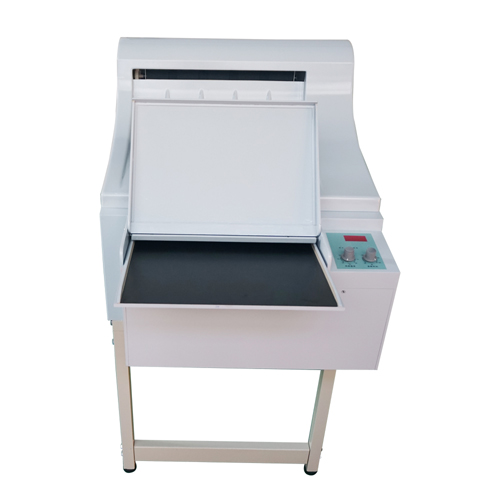Film processing has come a long way since the days of darkrooms and developing trays. Today, fully automatic film processors are widely used in medical and professional photography labs and even in some small-scale home developing setups. These machines have revolutionized the film processing industry, making the entire process faster, more efficient, and more precise.
So, how exactly does a fully automatic film processor work? Well, let’s break it down.
First of all, a fully automatic film processor is designed to handle the entire film processing workflow, from developing to drying. The machine is equipped with different compartments and tanks to hold the developing chemicals, rinse water, and stabilizing solution. It also has a dedicated section for drying the film once it has been processed.
The process begins when the film is loaded into the machine. Once the film is securely in place, the operator selects the appropriate processing parameters using the control panel. These parameters typically include the type of film being processed, the desired processing time, and the specific chemicals being used. Once the parameters are set, the machine takes over and begins the processing cycle.
The first step in the processing cycle is the development stage. The film is fed into the developer tank, where it is submerged in the developer chemical. The developer works to bring out the latent image in the emulsion on the film, creating a visible image on the film. The processing time is carefully controlled to ensure that the film is developed to the desired level of contrast and density.
After the development stage, the film is moved to the rinse tank, where it is thoroughly rinsed to remove any residual developer chemicals. This is an important step, as any leftover developer can cause the film to become discolored or degrade over time.
Next, the film is transferred to the fixer tank, where it is immersed in the fixer solution. The fixer works to remove any remaining silver halides from the film, stabilizing the image and preventing it from fading over time. Again, the processing time is carefully controlled to ensure that the film is fixed to the proper degree.
Once the fixing stage is complete, the film is rinsed again to remove any leftover fixer solution. At this point, the film is ready to be dried. In a fully automatic film processor, the drying stage is typically achieved using heated air, which is circulated over the film to quickly and evenly dry it.
Throughout the entire processing cycle, the machine carefully controls the temperature and agitation of the chemicals, as well as the timing of each stage. This level of precision ensures that the developed film meets the highest standards of quality and consistency.
In addition to its precise control over the processing parameters, a fully automatic film processor also offers a high level of convenience. With the push of a few buttons, an operator can process multiple rolls of film simultaneously, freeing up time for other tasks.
Overall, a fully automatic film processor is a marvel of modern technology, offering medical and lab technicians a fast, efficient, and reliable way to process film. Its precise controls and convenient operation make it an invaluable tool for anyone working with film photography.
Post time: Jan-29-2024


